Articles about sculpture painting

Why were women not allowed to study painting?
Women could learn fine arts only in private lessons or in the family if the father or husband was an artist. But such training had many restrictions. For example, under no circumstances were women allowed to attend classes where nudes were painted from life. Most of the works created by female artists of the time were portraits, still lifes and landscapes
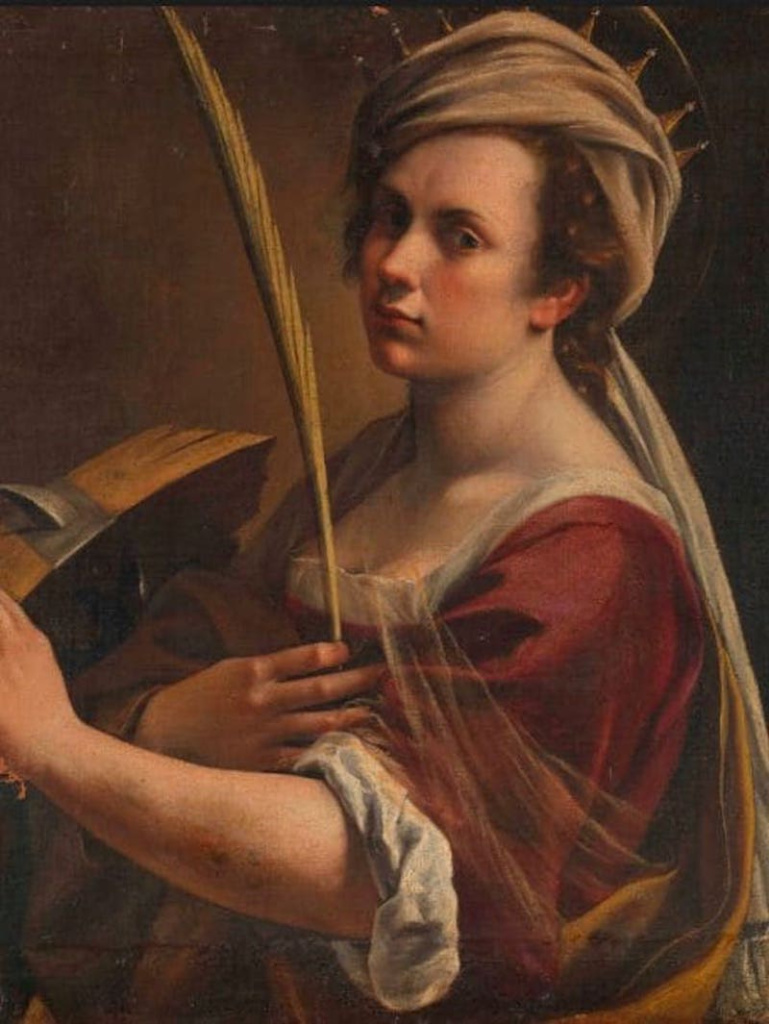
Pictured is a painting of the artist's self-portrait, 1615-1617
It was not until the end of the 19th century that women were officially allowed to study on an equal footing with male students at the famous art academies in St Petersburg, Paris and London. This was a big step for women in the arts.
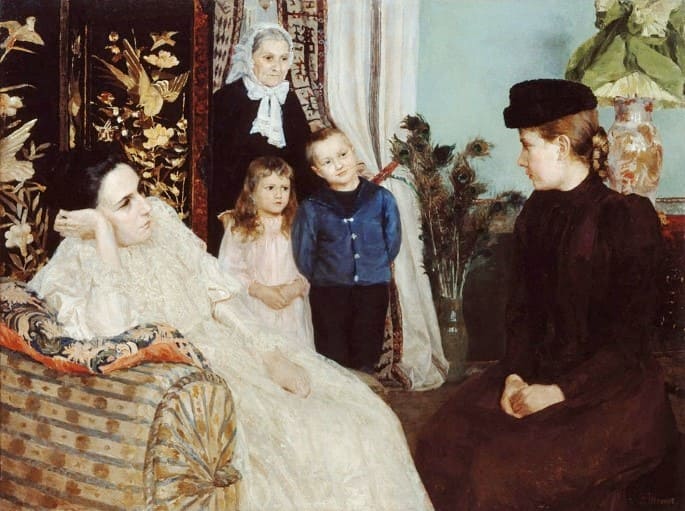
Emilia Yakovlevna Shanks was a Russian-English artist, the first woman admitted to the Association of Travelling Art Exhibitions.
In the photo is the painting "Hiring a governess", around 1913
What about now?
Thanks to the development of modern technology and the unfortunate experience of global quarantine within four walls, new ways of experiencing art have emerged. Here is one example
Today, the modern woman does not even have to leave home to become a professionally sought-after sculptural artist. There are no restrictions on age or experience. A student can be a young mum with young children, a working woman or a retired woman. To learn sculpture painting in our school, you do not have to leave your family, work or other female responsibilities, which remain as they were 700 years ago. You can master volume painting at our school remotely, taking classes at your own pace, with no time constraints. Will such creative education be of high quality? Of course, yes!
The online School of Sculptural Painting by Evgenia Ermilova has a license to carry out educational activities from the Ministry of Education, Science of the Russian Federation.
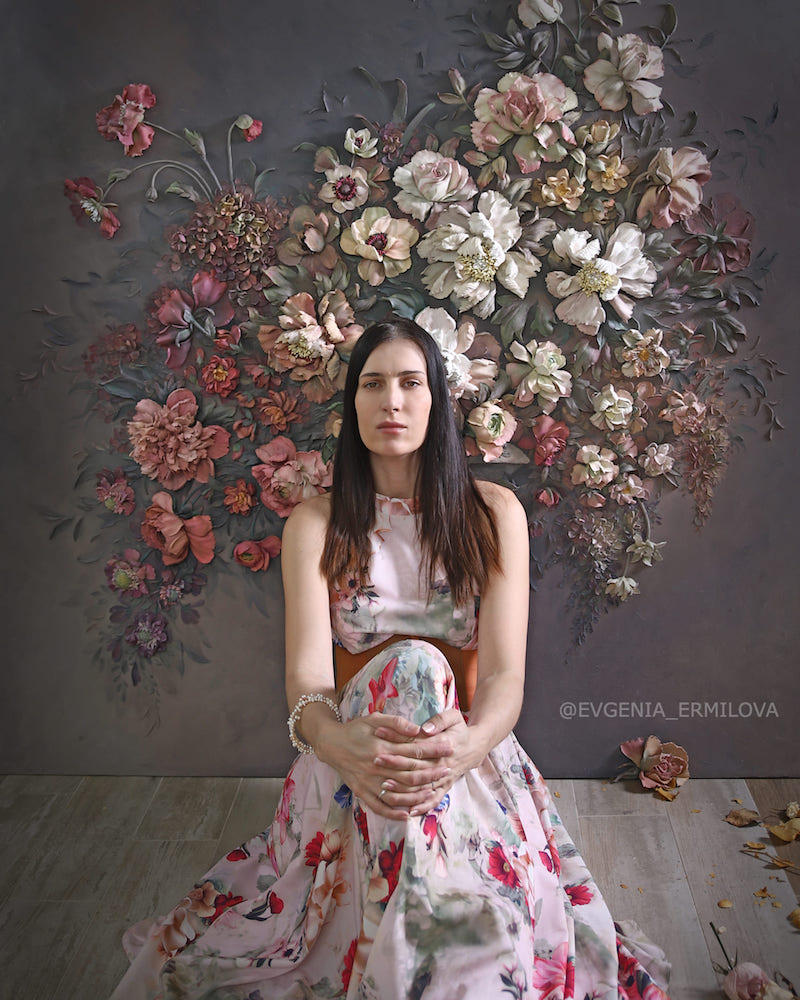
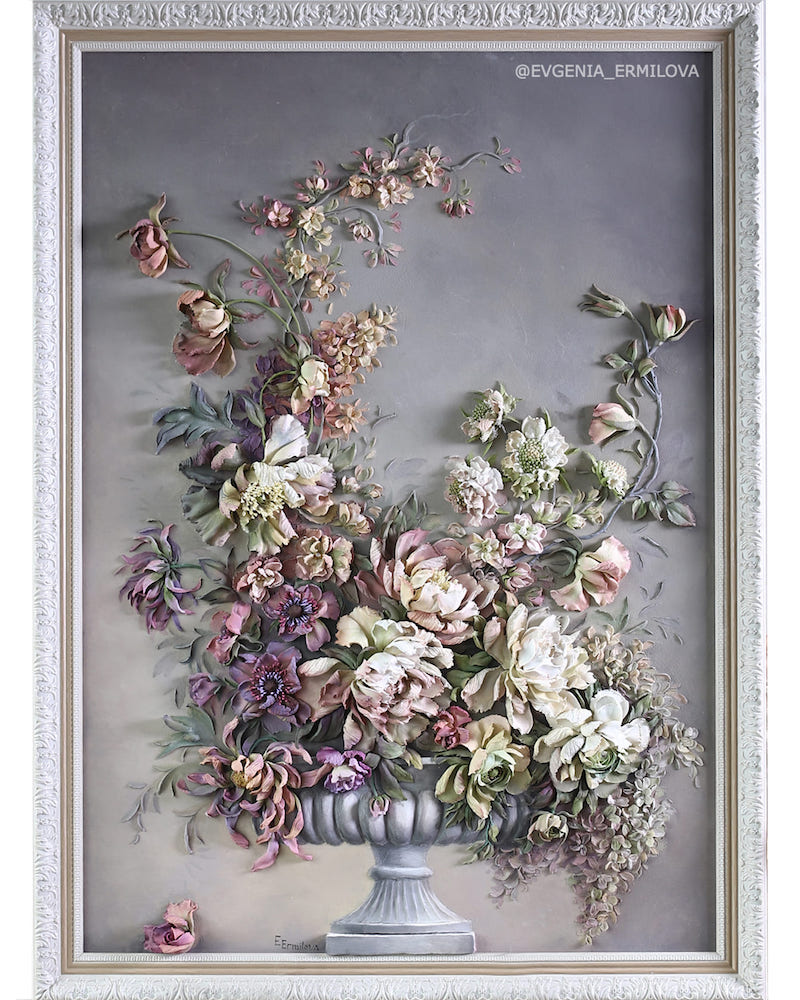
Sculpture painting school students from different countries and their works:


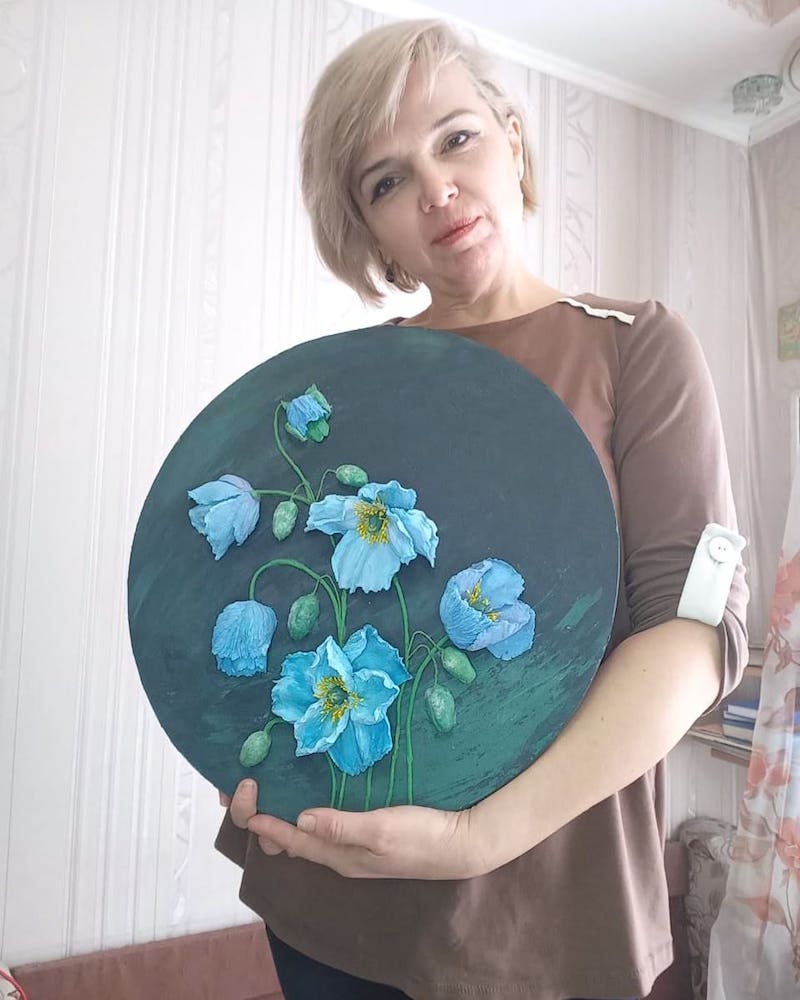

and a fragment of her painting for a creative competition among students of the School by Evegenia Ermilova
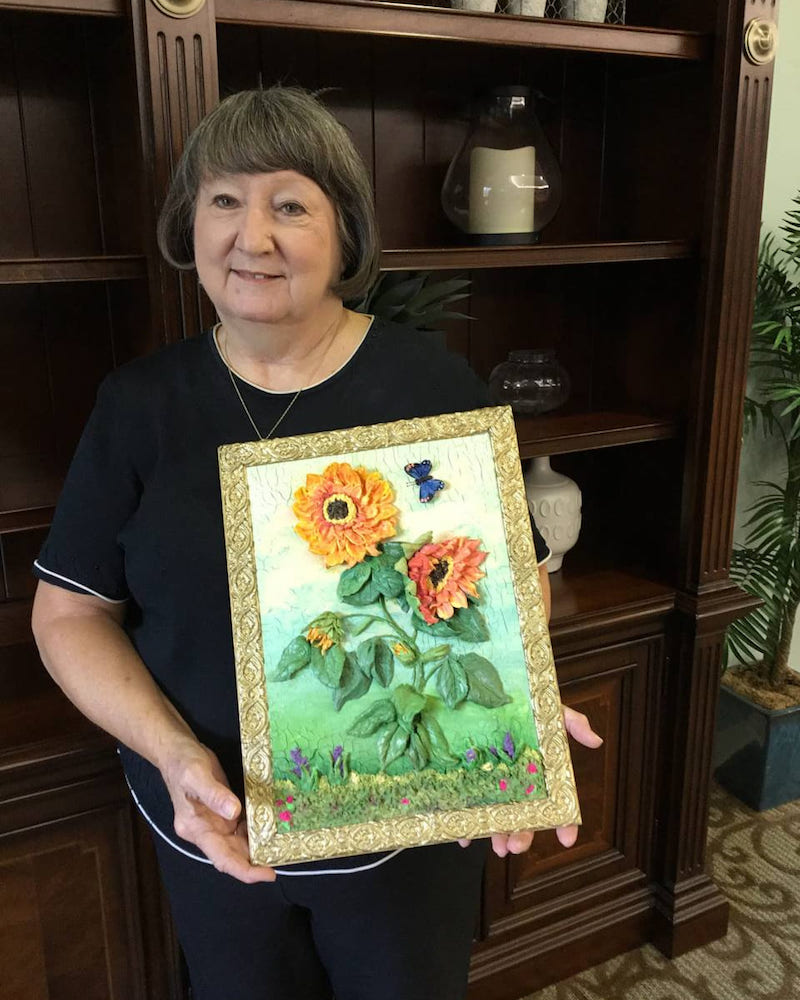

Pictured here is Sculpture School graduate Joy Stevenson from Mississippi USA, who graduated from our school at the age of 77
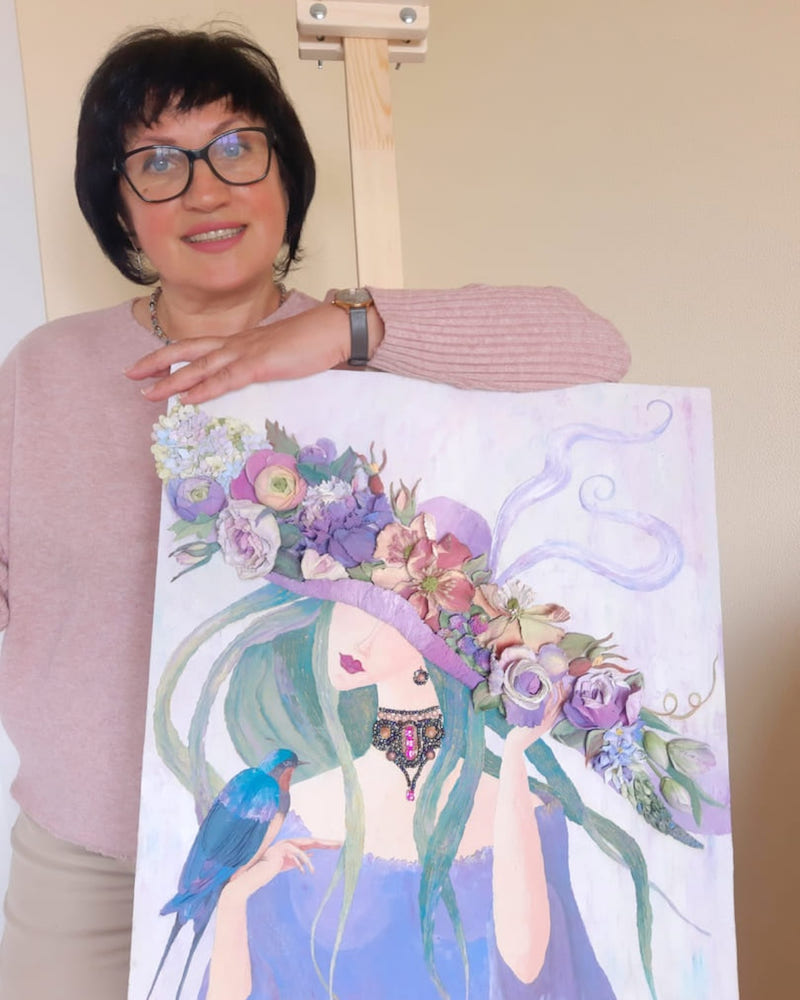

The photo shows Tatiana Matveeva, a graduate of the School of Sculptural Painting, who won the creative competition for students of the School of Sculptural Painting,
her competition painting and her graduation work

